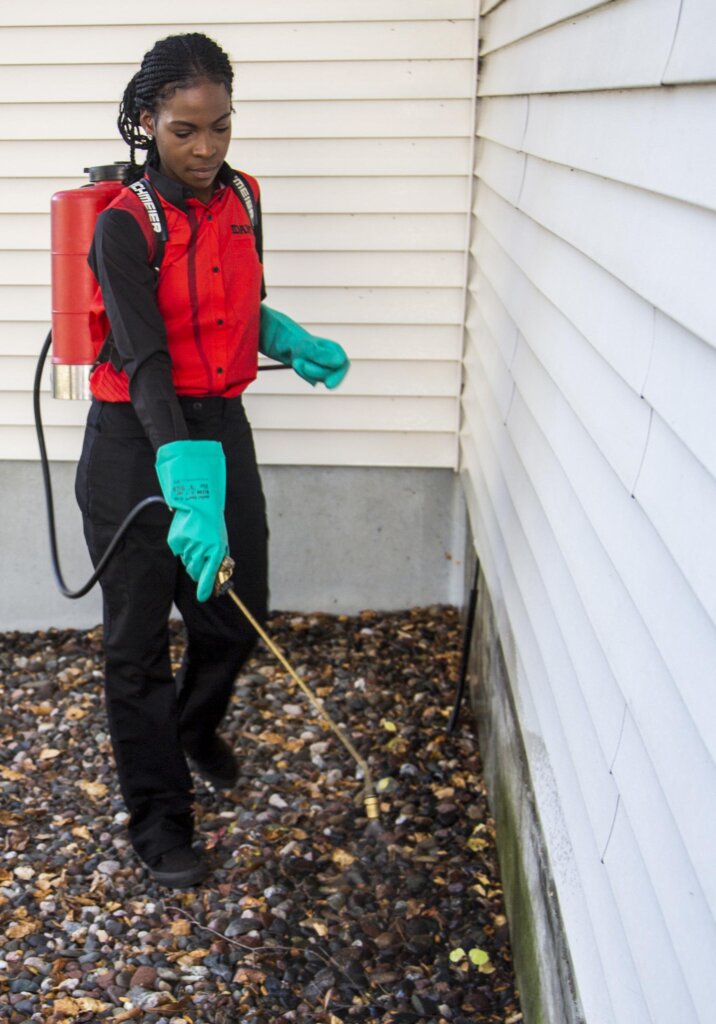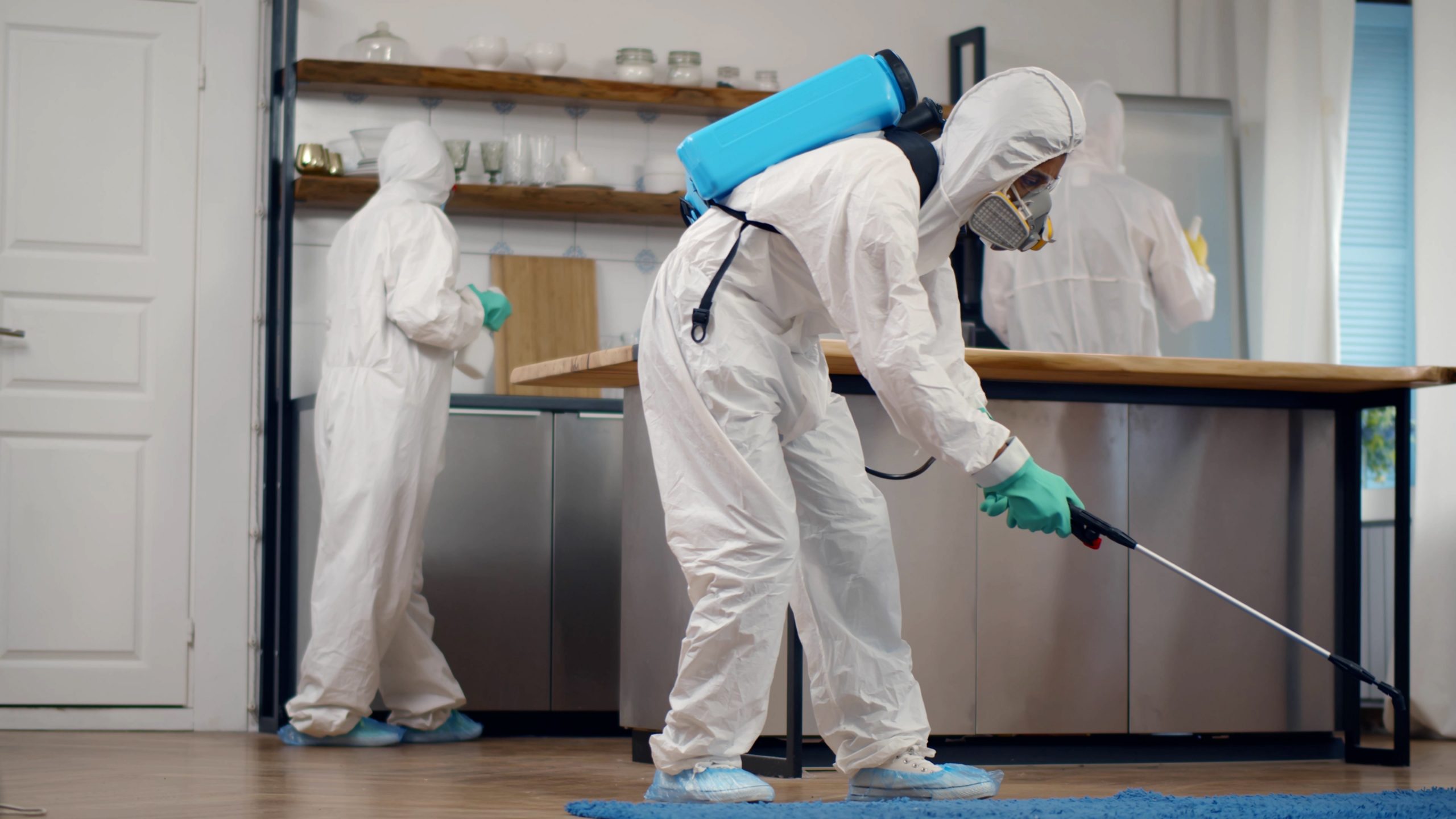Eco-Friendly Bug Control Approaches for Managing Wild Animals in Urban Areas
Urban locations often locate themselves at the crossway of human activity and wildlife, leading to unique obstacles in parasite monitoring. These methods not only protect the setting however additionally boost neighborhood engagement in wild animals administration. As city populations proceed to grow, understanding the characteristics of wildlife communications comes to be increasingly crucial.
Recognizing Urban Wild Animals Characteristics
Recognizing Urban Wild animals Characteristics is important for developing reliable and environmentally friendly bug control methods. Urban areas are progressively becoming habitats for various wild animals species, driven by variables such as habitat fragmentation, food accessibility, and human encroachment. Identifying these characteristics allows for a nuanced method to pest administration that lines up with environmental concepts.
Urban wildlife usually includes species such as raccoons, squirrels, and birds, which adjust to city atmospheres, locating particular niches in environment-friendly areas, parks, and even houses. Their presence can result in conflicts with humans, specifically when they make use of personnels for food and sanctuary. Understanding the actions and environmental functions of these types educates approaches that minimize negative interactions while promoting biodiversity.
Moreover, acknowledging the interdependencies within city ecosystems helps in recognizing crucial locations for environment conservation and repair. This expertise adds to the advancement of integrated pest administration (IPM) strategies that consider the eco-friendly equilibrium, thus decreasing reliance on dangerous chemicals. By promoting conjunction in between people and urban wild animals, cities can produce healthier atmospheres that benefit both residents and local environments, paving the way for sustainable urban living.
Natural Repellents and Deterrents
All-natural repellents and deterrents use a sustainable alternative to conventional insect control methods by utilizing the power of nature to maintain undesirable species away. These environmentally friendly services commonly utilize plant-based active ingredients, crucial oils, and other naturally happening substances that hinder parasites without harming the setting.
One effective natural repellent is peppermint oil, which is known to fend off rodents and bugs. Its strong fragrance is unpleasant to several parasites, making it a preferred selection for urban settings. Vinegar and citrus peels can serve as deterrents, as their solid smells are generally uninviting to different wildlife.
Additionally, diatomaceous planet is an all-natural powder that can be spread out in areas prone to pest task, successfully dehydrating and deterring pests without posturing risks to non-target varieties. Moreover, garlic sprays and neem oil are identified for their capability to push back a large range of insects, including both pests and larger wild animals.
Carrying out these natural repellents not just decreases dependence on chemical pesticides however additionally advertises a much healthier city community, fostering a much more well balanced conjunction between people and wildlife. By utilizing these techniques, metropolitan areas can effectively manage pest populaces while decreasing environmental influence.
Habitat Adjustment Techniques
Effective habitat alteration strategies play a vital duty in lasting pest administration by altering the environment to make it much less conducive to pest infestations. By comprehending the ecological dynamics of city areas, property proprietors can apply calculated modifications that hinder bugs while promoting biodiversity.
(Pest Control Services)One primary method involves preserving proper sanitation. This consists of normal waste elimination, safeguarding trash can, and getting rid of standing water to reduce breeding sites for insects and rodents. In addition, landscaping methods such as selecting indigenous plants can enhance ecological equilibrium, supplying habitats for advantageous organisms while reducing resources for pests.
One more vital approach is to secure entry points in buildings. Checking and repairing fractures in foundations, wall surfaces, and home windows can significantly minimize bug access. Creating physical obstacles, such as fencings or plant barriers, can hinder wild animals activity right into human-inhabited areas.
Integrated Insect Management Practices
Structure upon environment modification strategies, incorporated pest administration (IPM) practices offer an all natural technique to managing bug populations while minimizing ecological impact. IPM combines numerous methods, including organic, cultural, mechanical, and chemical controls, to achieve effective parasite administration.
Organic control includes the intro of all-natural predators or bloodsuckers to lower insect populaces. Social techniques, such as plant turning and cleanliness, interrupt pest life process and lessen their habitats - Pest Control. Mechanical controls, like traps and barriers, supply prompt remedy for insect stress without chemical treatment
Chemical controls are utilized as a last resource, focusing on targeted applications that limit injury to non-target species and the setting. The option of environmentally pleasant pesticides, when needed, is important to the IPM framework. In addition, monitoring insect populations and evaluating possible damages aids educate decision-making, making certain that interventions are prompt and effective.
Community Participation and Education And Learning

(Stable Fly Control)Workshops and educational sessions can furnish locals with expertise about native types, habitat conservation, and reliable safe pest monitoring techniques. Collaboration with institutions, neighborhood companies, and federal government companies further boosts academic outreach, making certain that necessary details gets to diverse target markets.
Additionally, community-led campaigns, such as area clean-up days and environment restoration jobs, not just promote biodiversity yet likewise strengthen community connections. Pest Control. By encouraging residents to share their experiences and observations, areas can develop targeted methods that deal with details local pest problems
Incorporating comments from locals into bug management intends makes it possible for an extra receptive and adaptive method to wildlife difficulties. Ultimately, notified and engaged neighborhoods are crucial to achieving long-term success in eco-friendly bug control, causing much healthier city atmospheres that value both human and environmental requirements.

Verdict
In conclusion, green bug control comes close to deal sustainable services for managing metropolitan wild animals. By focusing on environment adjustment, using natural repellents, and executing incorporated parasite management techniques, areas can promote an unified conjunction with local fauna. Moreover, involving citizens via education and learning enhances understanding and motivates responsible wild animals interactions. Eventually, these methods not only secure biodiversity however also promote environmental wellness, making sure urban locations continue to be lively environments where humans and wild animals prosper with each other.